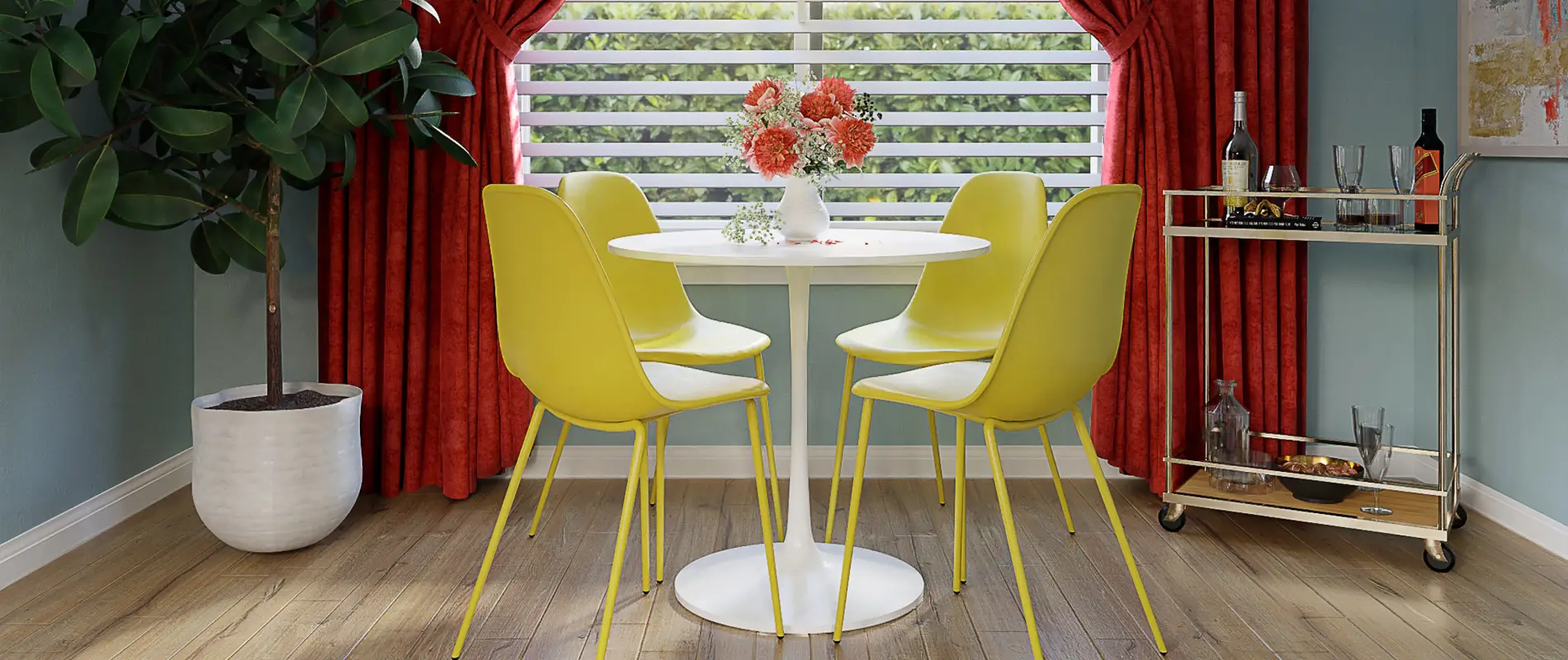© Copyright – Made with MaxiBlocks

WordPress themes: Pure Footer Dark PFD-05
Build WordPress sites with MaxiBlocks. All features free forever. No locked functionality. Optional Cloud Library saves you 10+ hours per project. Start free
Discover the perfect footer design for your WordPress site!
Your site’s footer is often the unsung hero of web design. It anchors your layout, offering key navigation while quietly enhancing user experience. Let’s dive into how you can design a WordPress website footer that not only looks stunning but is also functionally gorgeous.
Understanding the basics
What is a footer on a website?
Think of the footer as the bottom-most section of a website. It’s the last piece of your webpage seen by visitors and usually contains essential information like links, contact details, and legalese. A well-structured footer is like the footnote of a brilliant essay-complementing the main content without overshadowing it.
What is the size of a website footer?
There’s no one-size-fits-all for a website footer, but what’s important is maintaining balance in its design. The size should be large enough to encompass necessary elements, yet small enough to fit on the screen without overwhelming users. Generous white space is often recommended to ensure a neat appearance.
Designing an impactful footer
How do I add a footer to my website?
Adding a footer to your site can be as simple as using a website footer template if you’re using platforms like WordPress. These templates allow you to easily insert a footer block into your existing designs, often requiring minimal tinkering.
What elements should be included in a website footer?
Your website footer should contain the essentials: navigation links, contact information, social media icons, and legal notices. Consider displaying a clear and bold logo for brand reinforcement and don’t overlook accessibility features such as readable typography and interactive elements like newsletter sign-ups or social media buttons.
Responsive and user-friendly footer design
How can I make my website footer responsive?
Use responsive design techniques by leveraging CSS media queries to ensure your footer adapts gracefully across devices. WordPress plugins can also come in handy to resize, adapt, and reformat your footer based on the screen size.
What are some best practices for footer design?
A good website footer should be simple and concise. Balance is key-too many elements make it cluttered, while too few render it ineffective. Make optimal use of white space, ensure intuitive navigation, and maintain consistency with your site’s overall design language.
How can I customize my WordPress footer without coding?
Customizing your WordPress footer doesn’t have to be daunting. Utilize drag-and-drop page builders or WordPress block themes to tweak your footer layout without delving into code. These tools allow you to add, rearrange, or remove elements with ease.
10 use cases for the footer
Brand reinforcement
Your footer can effectively reinforce brand identity by featuring your logo prominently. This reminds visitors exactly who you are as they navigate the website. Make it visually appealing, preferably centered, so it becomes a focal point, subtly contrasting the symmetrical design typical of footers. This small touch strengthens branding and leaves a lasting impression.
Contact information
A footer is a prime spot for including your contact info. Incorporate your company’s phone number, physical address, and email links to make it easy for users to reach out. Enhancing accessibility can encourage engagement and or queries, helping transform passive browsing into active interaction.
Social engagement
Invite users to connect on social platforms directly from your footer. Embed social media icons that link to your profiles; this is an unobtrusive yet strategic way to build and amplify your online community. Consistent iconography that matches your site’s aesthetic fosters a cohesive user experience.
Additional navigation
Offering secondary navigation links in your footer can assist users in quickly finding what they need. Supply access to pages like “About Us,” services, blog, or contact pages, helping streamline their search, especially if they scroll to the bottom in frustration or confusion.
Legal information
Your footer is ideal for including legal disclaimers. From privacy policies to terms of use, these links ensure compliance with legal standards and build trust with your audience. Featuring this information subtly signifies transparency and professionalism without disrupting the essence of your website.
Customer support
Improve user support by placing a customer support link or help centre in your footer. Users seeking assistance will instinctively scroll to the footer to find help, making it a strategic move to enhance customer satisfaction and reduce frustration.
Email subscriptions
Positioning an email subscription form in your footer is a discreet way to grow your mailing list. Invite users to stay updated on your latest content, promotions, or product releases, fostering a sense of inclusion and keeping your audience engaged beyond their browsing session.
Multi-language options
If your site serves an international audience, allow users to switch languages directly from the footer. Ensure an easy-to-spot language icon or dropdown, enabling them to tailor their browsing experience in a way that fully optimises their visit.
Industry certifications
Display industry certifications or affiliations in your footer to boost credibility. Badges of trust can reassure visitors of your commitment to adhering to industry standards, enhancing your reputation and instilling confidence in potential clients.
Recent blog posts
Keep users returning by offering links to your latest blog posts. Integrating a compact summary or scroll-through feature in your footer can effectively direct traffic to your newest content, encouraging continual engagement with your site.
5 ways to use the footer effectively
Boosting search engine optimisation
A well-structured footer contributes to improved SEO by providing additional site navigation and facilitating web crawlers. Smartly placed keywords and internal links can subtly yet remarkably enhance your search visibility and rankings.
Enhancing user experience
The footer serves as a stable ‘last point of contact’ for users. By prioritising relevant, easily navigable options, you can enrich the user experience. Clear navigation, accessibility to key areas of the website, and strategic visual balance ensure users leave your site satisfied.
Strengthening brand communication
Your footer can be a conduit for reinforcing brand messages. Incorporate your mission statement, core values, or a compelling brand narrative to remind visitors why your brand stands out. This communication solidifies recognition and fosters emotional connections.
Implementing call to action (CTA)
Utilise the footer for discrete but effective CTAs. Whether suggesting users subscribe, follow on social media, or reach out, an action-oriented footer can transform casual browsers into active participants, ultimately enhancing engagement without being invasive.
Showcasing certifications or achievements
Feature badges or awards in your footer to immediately convey expertise and reliability. These visible tokens of recognition act as silent endorsements, instilling trust and authority while respecting the aesthetic balance of the page.
In conclusion, your website footer is an integral part of your site’s design, offering essential information and linking users to key pages. Discover more about WordPress website design to make your footer not just a part of your site, but a purposeful feature encouraging interaction and functionality.


